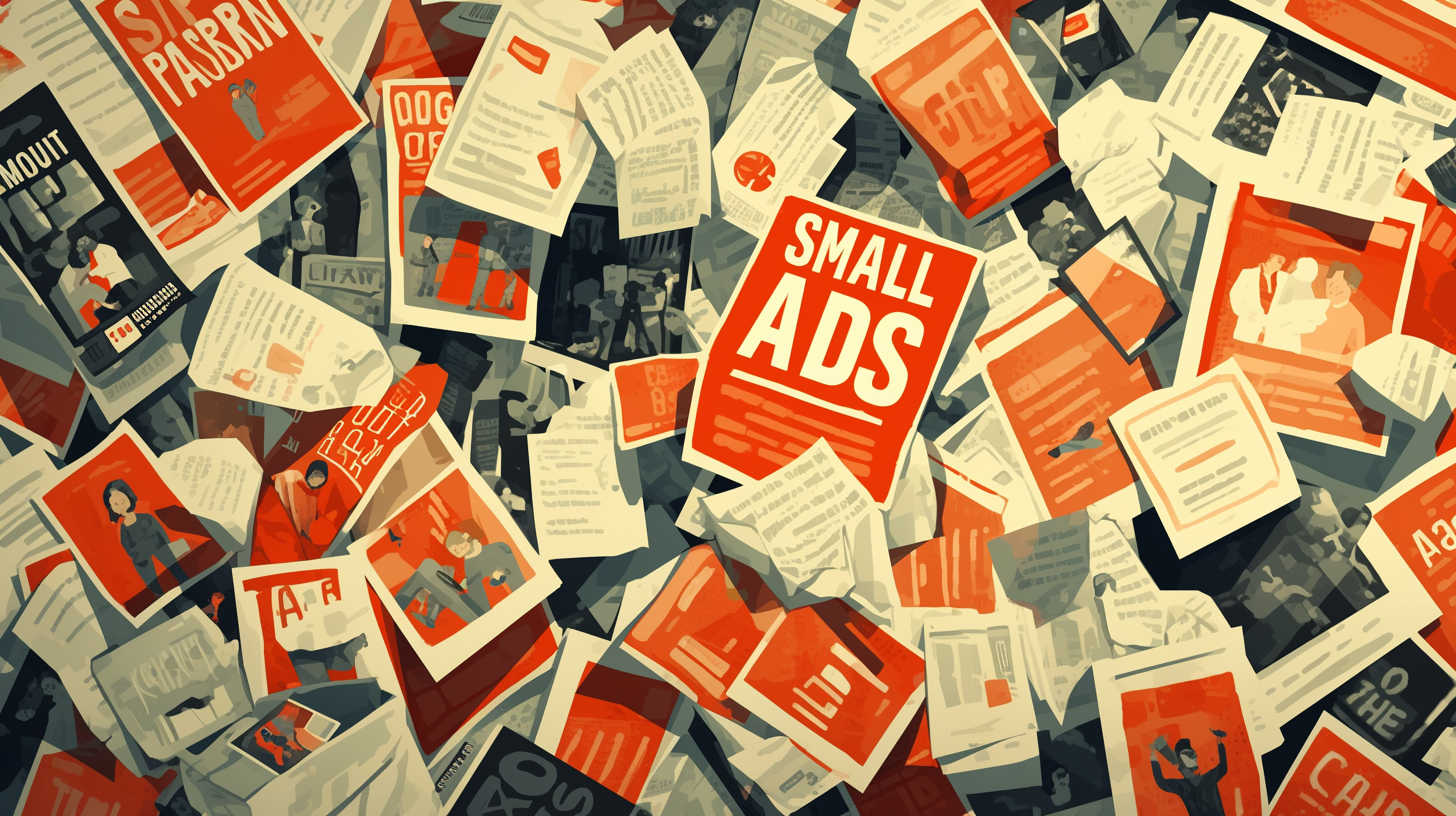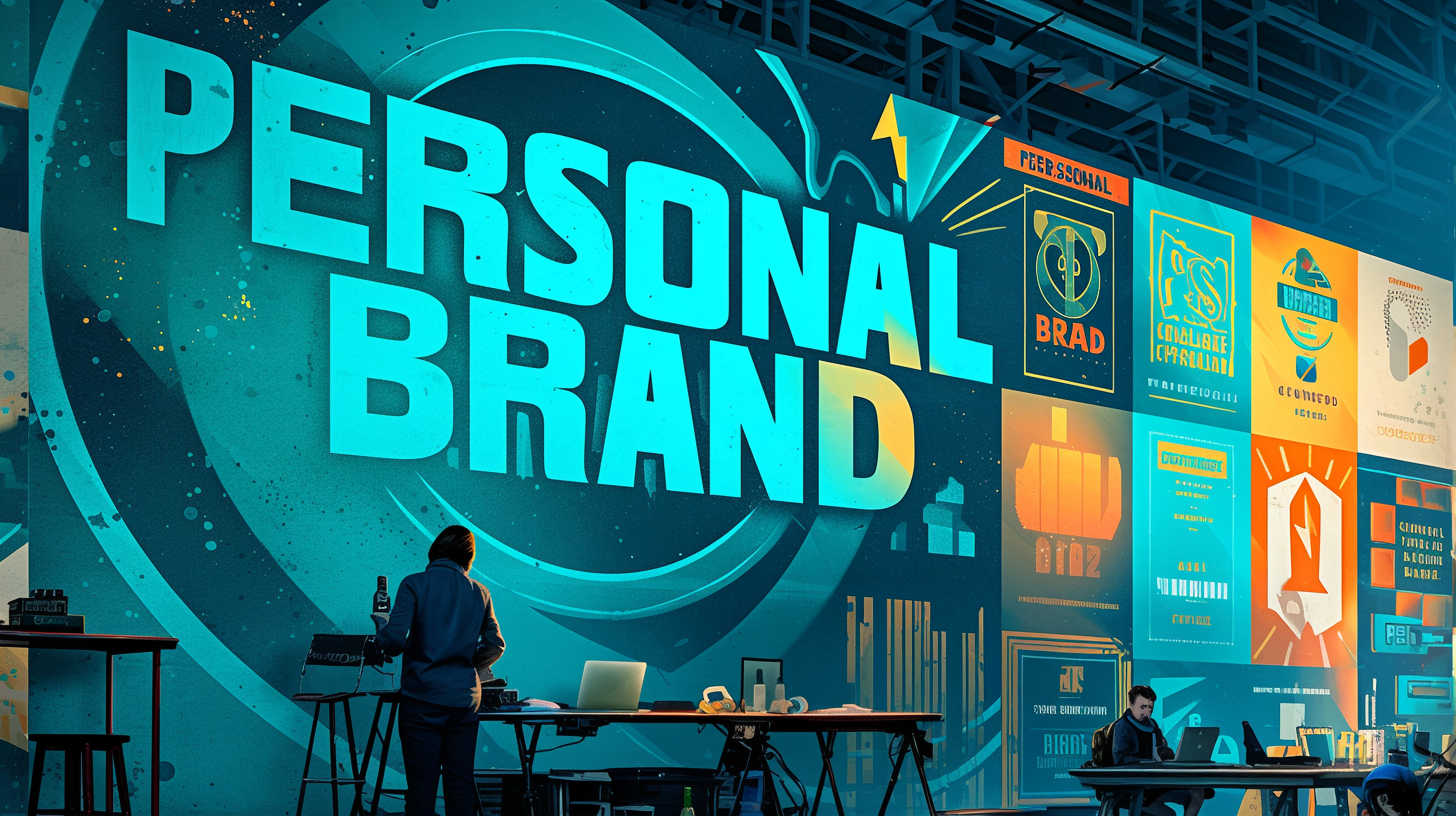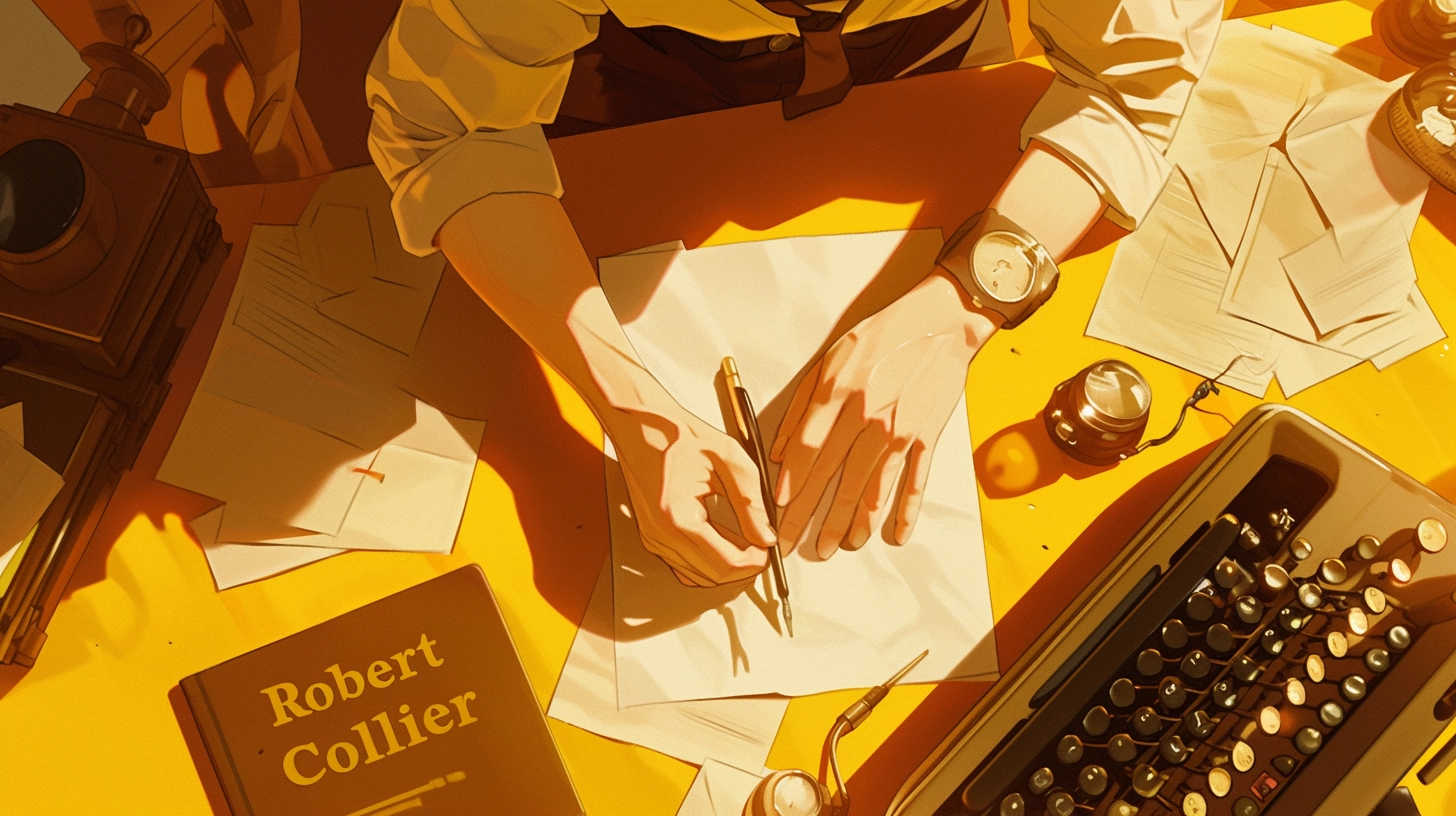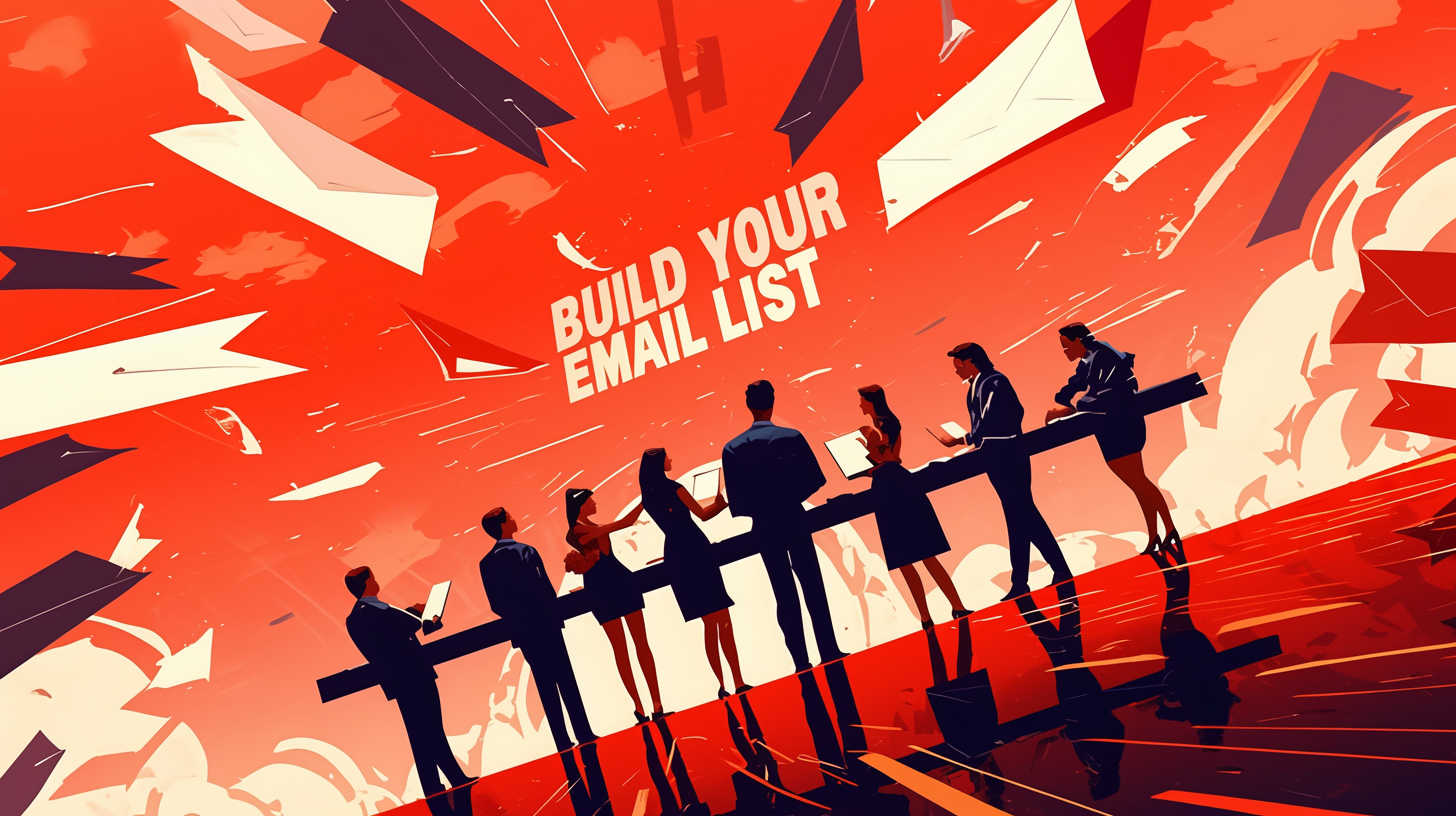· 7 min read
5 Ways To Adapt Sales Letters On The Web—The Ultimate Direct Response Medium
Grab a FREE copy of the LettersDB with 51 examples of tested and proven direct response copy

Dear Entrepreneur:
What is the most liquid way of making a sale?
Is it merely publishing a product online and waiting?
Or is there a better way to convince people to buy from you immediately and keep them coming back for more?
It doesn’t matter what you are trying to sell because once you understand human emotions and reactions, you can sell anything.
Robert Collier, one of the greatest direct response copywriters wrote in his classic “The Robert Collier Letter Book” (Chapter 25, Fifth Edition):
No matter what the product or service you are writing about, first put yourself in the place of your prospective customer. Think of every property you could possibly desire in such a product or service. Think of everything you would like to have it do for you. Work out the ultimate ideal, then write a letter that stresses every desirable point of that ideal product.
A sales letter is like a nucleus around which all your marketing efforts orbit. You can adapt it to the following formats to reach millions of people and get immediate responses.
Sales Page: The Web is the greatest direct response medium. It is interactive by design which makes it the ideal grazing ground for your customers.
Email Marketing: The best sales letters read like personal letters from one friend to another. Anyone who uses the internet has an email which means you can reach exponentially more people than you can through print advertising or direct mail.
Video Sales Letter: According to Forbes, the second most visited website on the planet is Youtube at 33 Billion visitors per month. Video will always remain a popular form of comminication. It adds more personality and puts a face to the person behind the words.
Social Media: Traditional media is being superceded by social media platforms. News is now more real-time than ever. X is great for text based communications and advertising. But most importantly, you can start conversations with comments or direct messaging. You will meet more people around the world who want what you are offering.
Blogging: You can monetize your blog by writing stories or promoting a product or service on your website. It can be your own or an affiliate. By sharing links you can earn commissions ranging from 3% to 50% depending on the product.
As you can see, the variety of mediums makes writing sales letters an incredibly valuable skill. As an entrepreneur you can raise funds, start a new business, build a customer list and more.
Or you can save a business from bankruptcy, tap into the zeitgeist and find out what people want. Most importantly, you can monetize your passion and live a life free from the rat race.
If you are an aspiring copywriter, I would highly recommend learning how to write sales letters so that you can practice persuasive writing.
But what actually goes into writing a sales letter?
Below is a brief summary of 10 essentials that every sales letter needs in order to be persuasive:
Subject Line: Also known as headlines, the first impression has to be good. Provide a benefit, a promise to the reader. Make a believeable claim A good headline attracts the right audience. John Caples wrote in Test Advertising Methods that a headline is 60% of the work.
Addressee: Who are you writing to? Who is your ideal customer? Your target audience? Every letter must be addressed to someone, or a type of person like, “Entprepreneur”, or something generic like “Friend”.
Lead: A continuation of the subject line/headline. A question, a story. Any opening remark that captures the readers attention and makes them curious and interested in your offer.
Description: What is your offer? What are the features?
Motive: How your offer will benefit the reader. What will it do for them? By focusing on a single idea that will resonate with your prospect, you have a much better chance of converting them into customers—maybe even for life!
Proof: Testimonials and proof that the offer will do what it says it will do. This can be in the form of statistics, percentages, numbers. The most powerful proof however are testimonials because people may not believe your claims but if another customer were to sing your praises, the chances of converting a prospect increase exponentially.
Penalty: You want your prospect to act immediately, which is why many offers create urgency with discounts, coupons and bonus material if they act now. You can also get them to take action by highlighting what they will they lose by being prompt.
Close: The whole reasons for the writing the letter leads up to this point. This is where you ask the reader to do something. A direct response. It could be downloading a free ebook, asking for a sample, or even buying the offer right there. The easier it is to purchase the better your chances of making a sale.
Signature: Sign the letter with your name to add credibility and a human touch. People like dealing with real people, not a “soulless corporation”.
Postscript: A short telegraphic summary of the offer, or a related topic. Most people will read the headline, the first few sentences and skip to the postscript. For this reason, make sure to add one and keep it concise and to the point.
Why is a sales letter so powerful when it comes to promoting a product or service?
How can it help you boost your earnings, inquiries year after year?
When you forecast what the product will do for someone, they will buy your offer without question.
Your persuasive language will bring you profit, week after week, month after month. With the right appeal you have a winning formula. An acute understanding of human emotions and how people react to certain appeals is the most important knowledge a copywriter can learn.
Your message will be clear.
Please will respond more positively. They will come back for more because you have shown them a better, happier, more prosperous life and in turn you will be rewarded with money.
Consider the following two examples of the power of sales letters:
Robert Collier sold $2M worth of H.G. Wells “Outline of History”, $3M worth of O’Henry stories—and the list goes on. What is remarkable is that he sold all manner of products from overcoats, silk socks, and women’s dresses just by writing letters. His book is a treasure trove of insight and knowledge. Read his related article if you want to know more.
Gary Halbert wrote a letter known as the “Coat of Arms”. This single letter which some claim is the most mailed letter in American history brought in $7M worth of orders. At one point he had to hire 42 people to handle thousands of orders he was getting per day!
If you can’t convince people to buy, you don’t have a business.
You will waste time and untold amounts of money trying to push a product without any return. And all it really takes is a good sales letter.
What’s more, you are not on this journey alone. There is no reason to reinvent the wheel here. You merely have to tap into proven techniques, adapt them to your business and start living the life you dreamed of. Believe me when I say that learning this skill is like a sunburst on a cloudy day.
And the best way to learn how to write sales letters is to first read letters that have gotten results based on actual sales and inquiries.
Second is to actually write them.
If you have a Notion account, grab the LettersDB—a FREE database of 51 examples of direct response copy—39 of which are sales letters.
It is a swipe file of some of the greatest sales letters ever written. Once you read them, copy them by hand or type them out so you get a feel for why they work.
Adapt them if you feel the ideas are relevant. You see, consumer psychology is not so fickle as technology. It has remained consistent throughout history.
Sincerely, 
P.S. Grab the LettersDB—a FREE database of 51 examples of direct response copy. Examples from Robert Collier, David Ogilvy, Gary Halbert, Jay Abraham and more. If you have a Notion account, you can add your own to the swipe file and keep everything organized.





